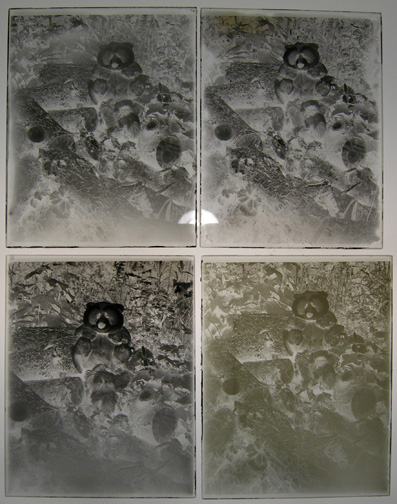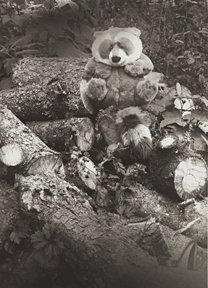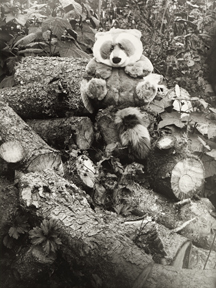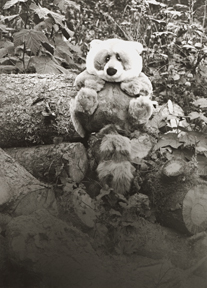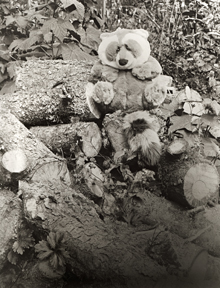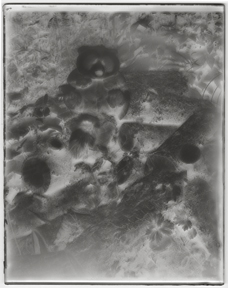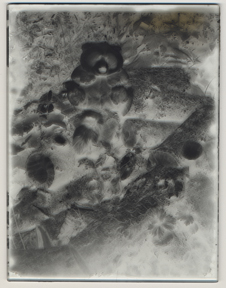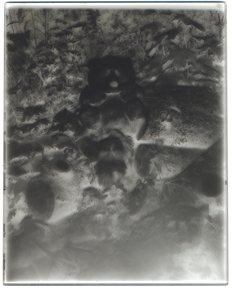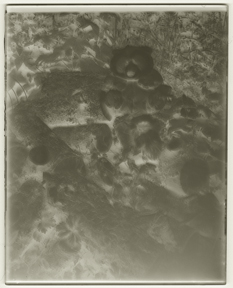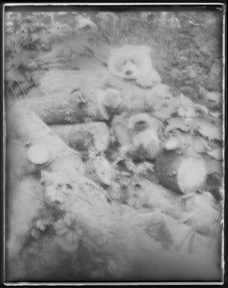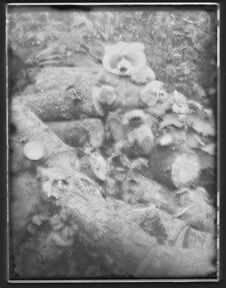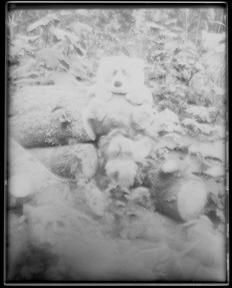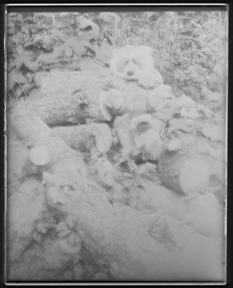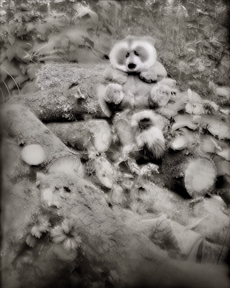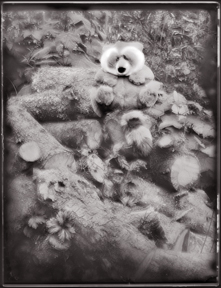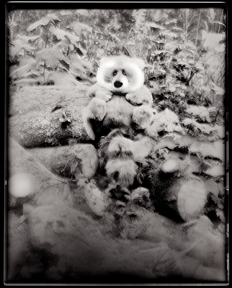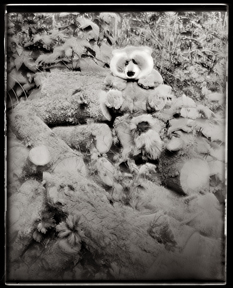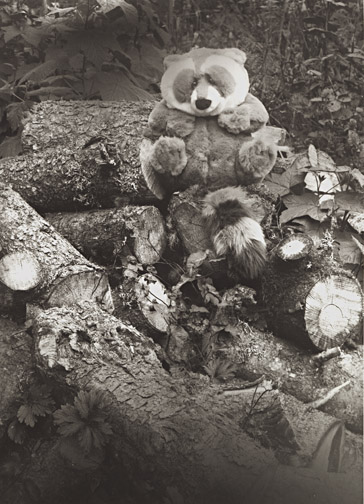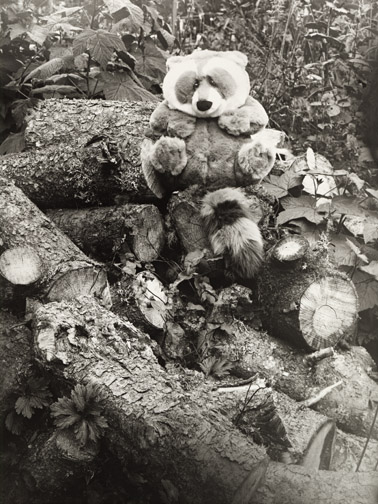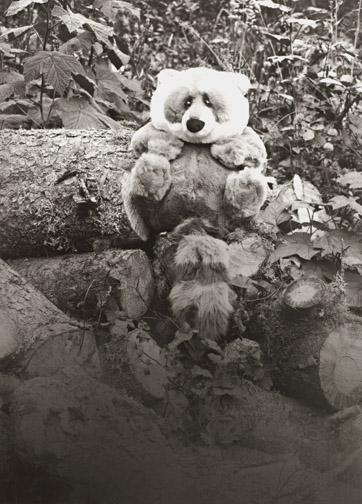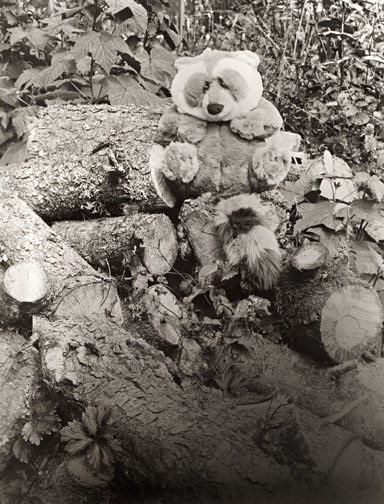|
Be it art, science, or magic, there is a wonderful amount control of
density and contrast possible with the old emulsions. I'm
currently working with a simple matrix combination of two emulsion
recipes and four developers. It is my goal to make a well-exposed
plate, no matter the lighting circumstances, and then print that plate
on a custom complimentary paper/developer combo, resulting in a final
print that reflects my original visualization. Dream Big!
The concept of curve control has been known by every photographer who
has ever shot b&w sheet film: 'Expose for the shadows and develop for
the highlights'. By adjusting the length of exposure and the time
of development, you can control the appearance and printability of your
plates. The following four Panchos illustrate this idea.
|
